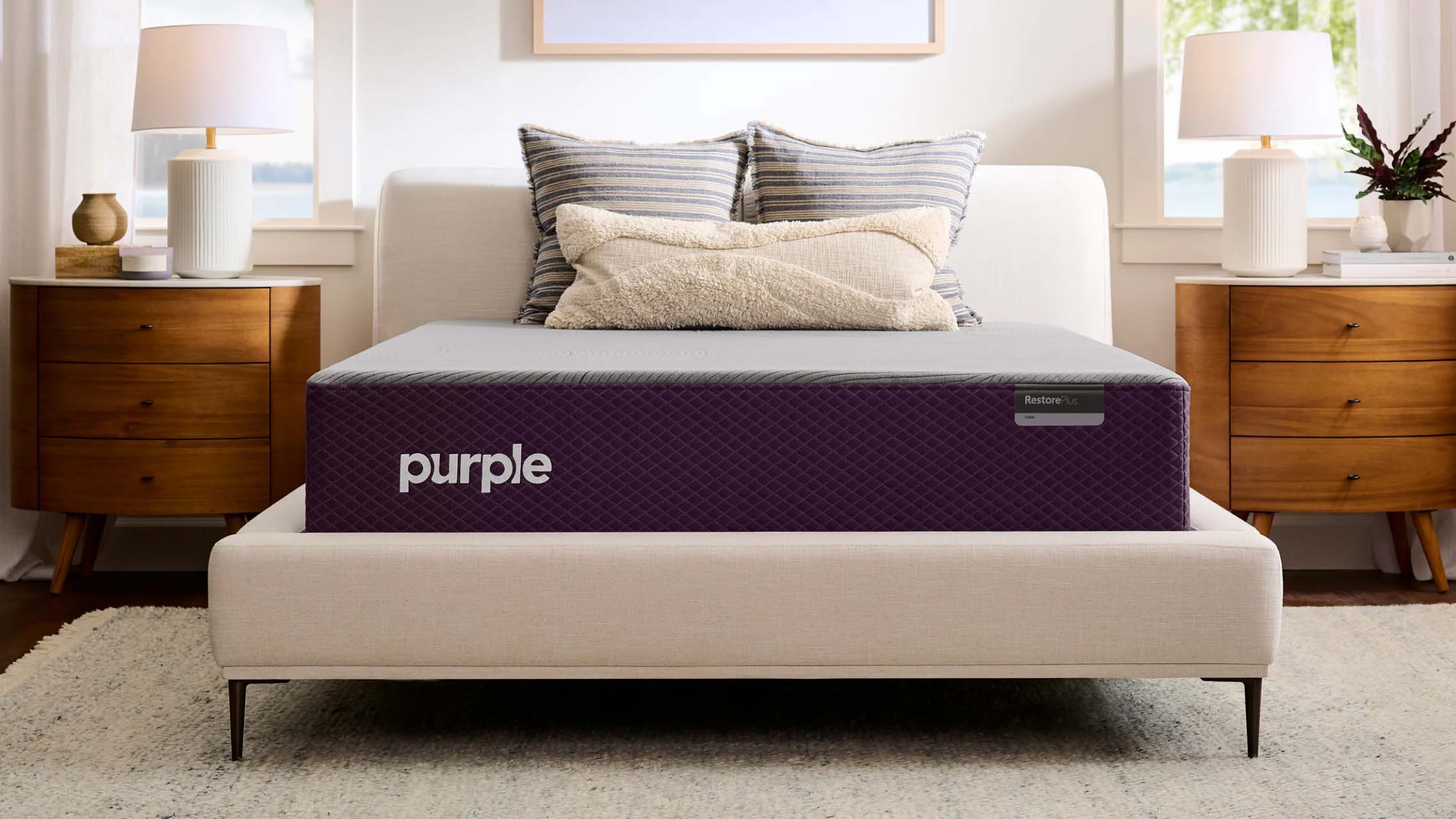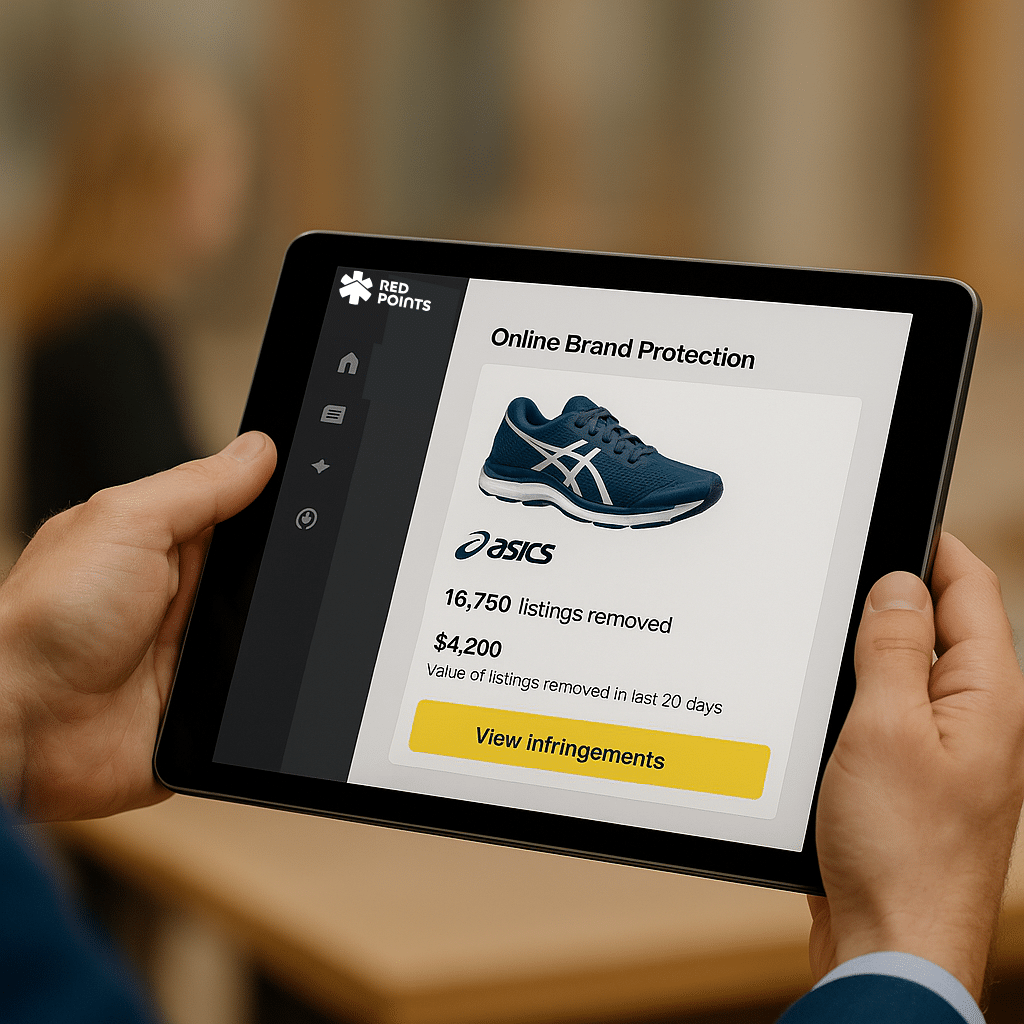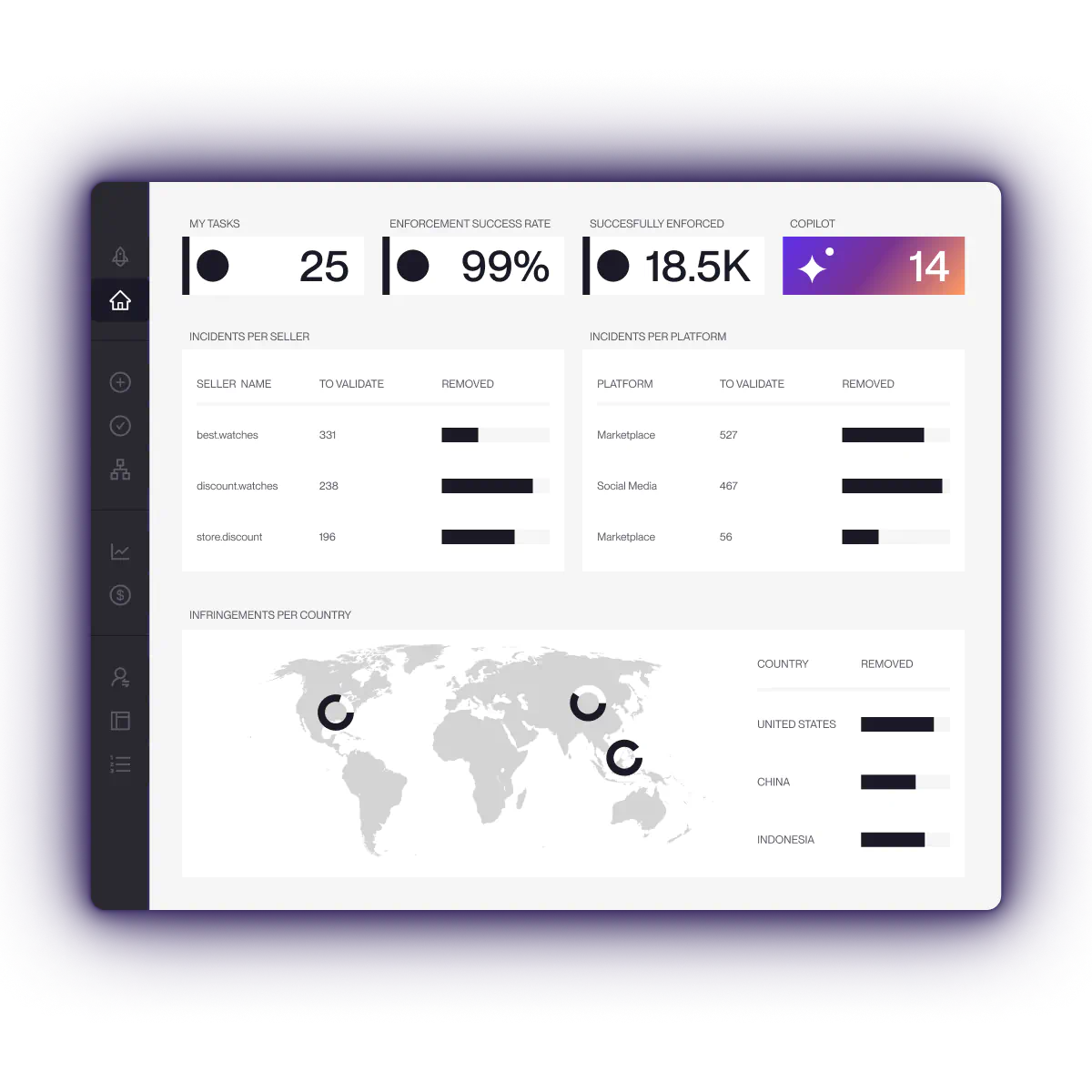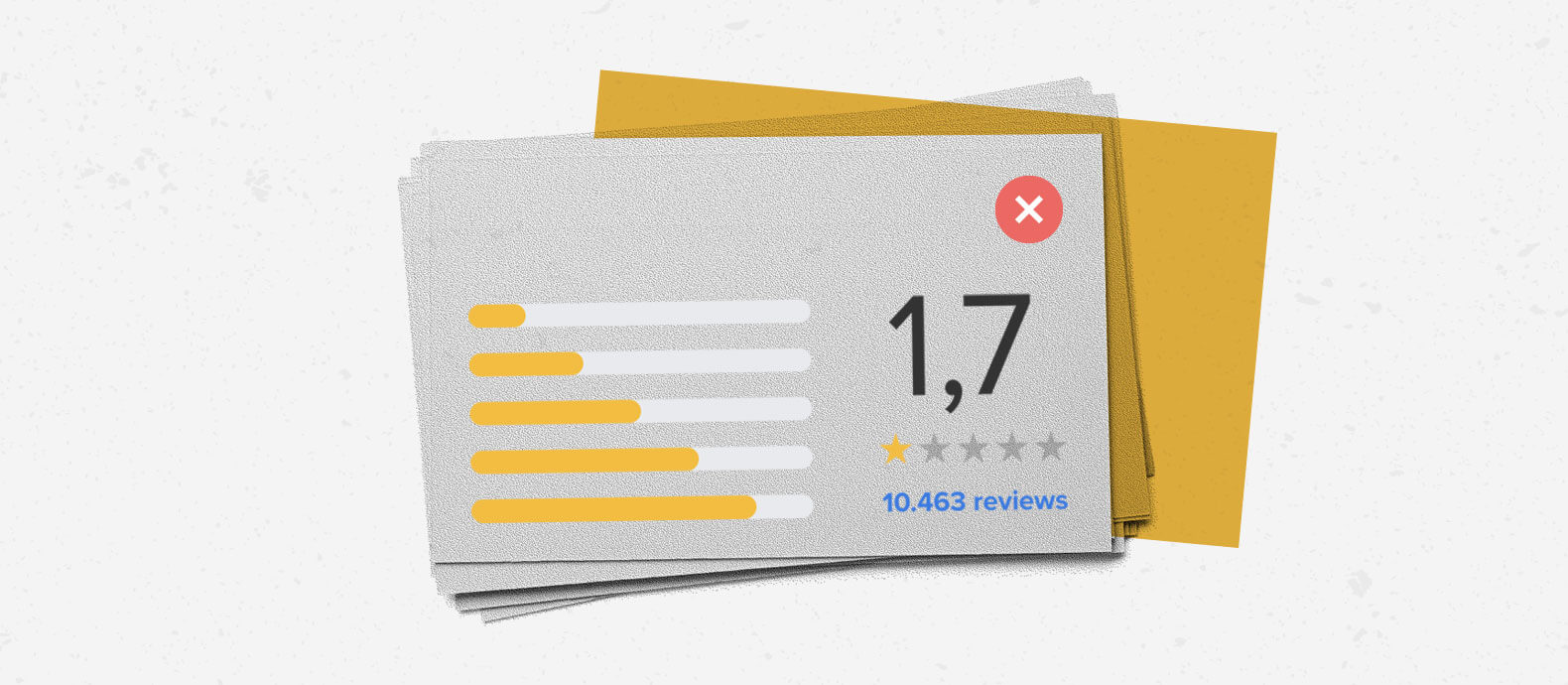You didn’t sell the fake, but you took the blame. Here’s the struggle: customers get low-quality counterfeits when they think they’re buying from your brand.
Your customers don’t know any better, of course. They complain about your brand in reviews or on social media. On top of that, it just takes one bad experience with a counterfeit for many people to stop buying from your brand. The trust you spent years building can be gone in an instant.
So, what should you do if a customer says they bought a fake from you (when you know they didn’t)? We’ll answer that with data from the Red Points 2025 Counterfeit Buyer Teardown, based on 2,000 consumer survey responses and insights from working with over 1,000 brands.
1. Most shoppers didn’t realise they bought a fake
Most people who bought counterfeits did so without realising it. Our data shows 42% of people bought a counterfeit by mistake, and 18% weren’t sure whether or not they got it on purpose.
These buyers don’t realise there’s a risk. They’re simply shopping from sellers that look legitimate. These sellers have professional websites, reviews, and accurate images to fool shoppers. It’s these unwitting counterfeit buyers who need proactive protection, so you don’t lose them to fake sellers.
2. But nearly half blamed the brand, not the seller or platform
Your brand weathers the consequences from fake sellers, even though they have nothing to do with your company. Our report found nearly half (47%) of shoppers say it’s the brand’s responsibility to fight fakes. This might seem like an unrealistic expectation about what’s under your control. But it’s the customer attitude.
What does this mean? Your brand protection strategy now includes communicating approved (and unapproved) sales channels to customers. Make it a regular part of your marketing and social media posts.
3. Counterfeits damage long-term loyalty
Silent churn is one of the biggest problems with fake sellers fooling customers. Our survey showed that about one in three shoppers simply stop shopping from the brand after encountering a fake.
To these customers, it’s not worth seeking out a legitimate retailer. Perhaps the fake seller was so convincing that they’re worried about getting duped again. Whatever their reason, it’s strong enough to turn them away. That means counterfeits don’t just lead to lost revenue. They can cost you multiple future and repeat customers.
4. Most customers don’t report fakes—they just leave
You can at least tell who buys fakes, right? Wrong. Our survey showed that less than 20% of counterfeit buyers reported the issue to the brand. That means the vast majority of customers who come across fakes don’t raise the issue, even if they think the issue is your responsibility to correct.
How can you quantify this silent damage from fakes? Wondering how much your brand could have grown if it had fakes under control is pure speculation. What matters now is putting proactive measures in place to intercept the damage.
5. Buyers trust what looks professional, even when it’s fake
Several alarming takeaways from our report show counterfeit sites mimic professional and trustworthy sites, from the imagery down to the payment method. We found that 58% of counterfeit buyers were misled by professional designs, and another 36% said images looked legitimate. Also, 22% of consumers trusted reviews that were displayed on the site (though it’s easy to fake reviews nowadays).
AI tools have made it incredibly easy for counterfeiters to copy sites and create content instantly. It’s a world that malicious sellers could only dream about just a few years ago. The response? For brands to use proactive takedowns and AI tools of their own to stay ahead of counterfeiters.
6. Search is a bigger counterfeit risk than social
People might discover trends on social media, but we found they’re more likely to buy fakes through search engines. About 63% of counterfeit buyers used search engines, more than any other channel.
Your customers aren’t protected just by searching for your brand directly. Fake sites and ads in search results steer customers toward counterfeits. Fake listings sit alongside legitimate channels, and it’s easy for shoppers to click on “niche retailers” offering discounts and professional designs. This makes it more important than ever to monitor how your brand, products, logo, and images appear in search results, not just marketplaces.
7. Platforms rarely support affected customers
Our survey also showed that 74% of people who bought a fake on a marketplace platform never received a refund or support. While platforms have better counterfeit protections today than they did a decade ago, the average consumer might not know their options. Or, the platform didn’t recognise their case as deserving of a refund.
But this doesn’t just reflect negatively on the platform. Ultimately, customers associate your brand with their shopping experience, whether that’s on Amazon or an independent site. Again, the responsibility is yours: either to repair your brand reputation after fakes or prevent them proactively.
8. Fake listings resurface because enforcement isn’t systemic
Our experience working with over 1,000 brands shows counterfeiters adapt quickly. Manual or sporadic takedowns aren’t enough to stop fraudsters, especially when they use AI tools to create sites and listings at scale. Counterfeiters can evade detection by switching platforms, using brand misspellings, and displaying sites only to mobile users or people who clicked on a specific ad.
Manual enforcement might have worked in the past, but the standard today is predictive and multi-channel enforcement. With tools like AI and machine learning, you can effectively detect seller patterns and forecast new threats before they cause losses.
9. Buyer confusion is now a brand protection problem
When customers are confused about which seller to buy from, they can end up getting duped. This can spiral out into the customer avoiding your brand and even telling others to do the same. The knock-on effects of counterfeits damage trust covertly, with most customers simply moving on from your brand.
Top brands aren’t waiting for this to happen. They’re coordinating legal, ecommerce, and brand protection teams to bring together the foundation for IP enforcement with sales data and infringement detection. The result is a holistic strategy for reducing fakes and buyer confusion. And that’s what’s required in today’s counterfeit landscape.
What’s next: Protect customer trust and your reputation
Customers don’t always know where the fake comes from, but they know your name. Our survey and internal data show customers are likely to blame brands for fakes even though they’re outside the brand’s control.
Your job is now to detect threats before they become complaints and erosion of trust. This is only possible by leveraging modern solutions like AI and machine learning.
At Red Points, we help brands shift from reactive to predictive IP enforcement. We provide multi-channel defence to detect infringements on marketplaces, unindexed sites, standalone web stores, social media ads, and more.
Curious about where customer confusion is coming from online?
Red Points offers a free scan to uncover fake listings, impersonator websites, and unauthorised sellers—so you can fix the problem before your customers find it.






